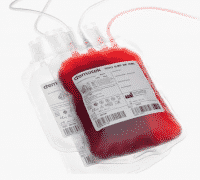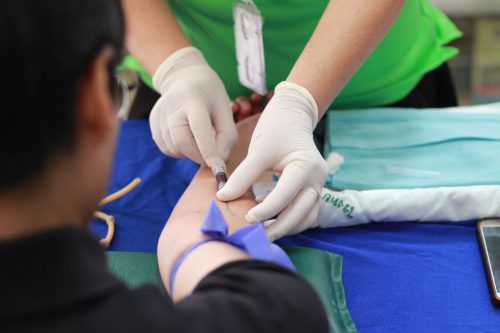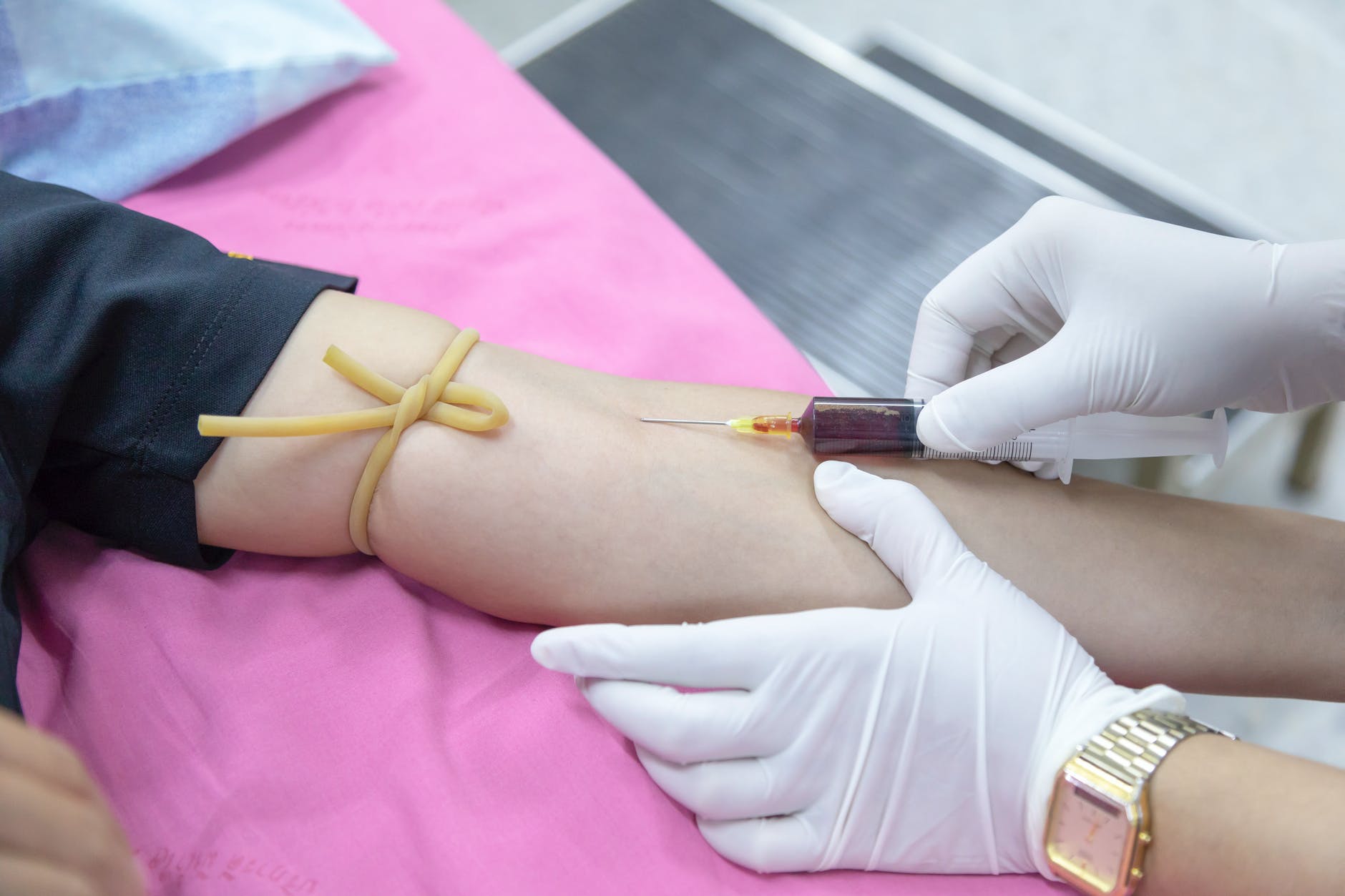In the last post, we discussed the Red Cross Blood donation history, and we saw how an idea from a young Swiss man named Henry Dunant transformed to what we now know today as the International Federation of the Red Cross and the Red Crescent (IFRC). An organization from which over 31% of blood from voluntary non-remunerated donors come from. Today we are going to answer the above two questions; How often can you donate blood and How much blood do you donate at a time.
The act of healthy blood donation is the type that is beneficial for both the donor and the recipient. And to ensure this, the donor must have passed all the blood donation requirements and certified as eligible to donate blood.
Here, the donor is the person who gives the blood, while the recipient is the person who receives the blood; usually a patient or a sick person.
So let us immediately delve into the first question.
Table of Contents
How Much Blood Do You Donate at a time?

One of the blood donation requirements is that every healthy adult weighing about 61kg to 81kg, they have an average of 4.5 Liters to 5Liters of blood circulating in their blood vessels.
This whole blood makes up about 10% of the total body weight.
So how much blood do you donate at a time?
The answer to this question is not clear cut except for healthy persons. For example, there are weird illnesses where the people affected are actually suffering from the overproduction of blood cells. This illness is called Polycythemia Vera. In such conditions, one of the major treatments given to such patients is the removal of the excess circulating blood in a process called therapeutic phlebotomy.
So how much blood patients with Polycythemia vera can donate may be totally different from how much blood a normal healthy adult can donate.
NOTE: The American Association of the Red Cross do not accept blood donations from patients with Polycythemia vera, although some health centers do.
But for a healthy adult aged between 18 years to 65 years, they can only donate one pint (470 ml) of blood at a time. This is also known as one unit of blood and makes up about 8% of the total blood volume for a healthy adult.
But on some occasions when such persons have a very optimum packed cell volume and Hemoglobin concentration level, they may give up to 2 units of blood at a time, and take lots of fluid to replenish the plasma lost.
What is an Optimum Hemoglobin Concentration Level and Packed Cell Volume?
Note: There is a relationship between our Hemoglobin concentration level and our Packed cell volume (PCV):
PCV = Hemoblogin concentration X 3
For Males:
The normal hemoglobin concentration level for a healthy male is 13mg/dl to 17mg/dl.
So for each unit of blood that a healthy adult male donates, he loses 1mg/dl of hemoglobin.
If the male has up to 17mg/dl of hemoglobin, donating 2 units of blood will make them lose 2mg/dl of hemoglobin, and they will still be comfortable as long they take plenty of water and fluids to replenish the plasma lost.
Also, the normal packed cell volume for an adult male is 40 – 52%.
For Females:
A normal healthy female has an average of 11mg/dl to 15mg/dl of hemoglobin.
Although they can, it is not advisable for females to donate more than two units of blood at a time because of their monthly loss during their menstrual cycle.
Moreover, normal adult females have a normal PCV level of 35 – 47%
You may have witnessed some occasions where someone you care about is in need of blood or an emergency situation where many pints of blood are needed to help save lives. If you are not well guided as to how often can you donate blood, or how long you should wait till your next blood donation, you may end up being at risk of donating more blood than you should at a given time.
How Long Does It Take For Old Blood to be Replaced?
The process by which old blood replaces new ones is called hemopoiesis; also called hematopoiesis.
It is also good to note that the whole blood which we donate is made up of the following components:
Red blood cells (Erythrocytes)
White Blood Cells (Leukocytes) and
Platelets (Thrombocytes)
But for every blood we donate, we not only give the above three components. We also give another very important component called Blood Plasma. This blood plasma is what carries all our body proteins, enzymes, hormones, and other important chemicals around our body.
So it takes approximately 120 days for hemopoiesis to be completed and for the old blood to be replaced by the new ones.
Where Does this Hemopoiesis take Place?
Before we are born, the process of blood production (hemopoiesis) occurs in specialized body tissues like;
- The Yolk Sac of the Developing Embryo
- Liver of the Fetus (unborn baby)
As the fetus continues to grow and mature, the process continues in the Spleen, Lymphatic tissues, and finally the red bone marrows.
So as adults, hemopoiesis occurs in the bone marrow. But in some occasions like when a disease like cancer attacks the bone marrow, it loses some of its ability to produce new blood cells, and then the liver, spleen, and lymphatic tissues are forced to take up this role of hemopoiesis again.
The process whereby the liver and spleen takes up the role of hemopoiesis in adults is known as Extra-medullary hemopoiesis.
What Happens to the Old Blood Cells?
As blood cells continue to age, they reach a point when they die off and the components which consist mostly of proteins are reabsorbed by the body and used in the production of new blood cells or are excreted out of the body.
For instance, red blood cells consist mainly of hemoglobin (iron) which is taken back to the bone marrow by a protein known as transferrin where it is used for the production of new blood cells and then another chemical which is also found in hemoglobin (bilirubin) is excreted in bile where it gives our feces their yellow color.
Also, see the important Blood donation charts, compatibility, and other facts.
So the next question is; how often can you donate blood?
How Often Can You Donate Blood?

Now the question; how often can you donate blood is a very important one, although the answers can be derived from the above descriptions.
One can easily deduce how often he/she can donate blood from how long it takes our body to replenish the blood lost during blood donation.
So after each episode of blood donation, it is expected that you wait for at least 120 days (3 months/12 weeks) before you can donate again. This is to give our body some time to replenish the nutrients it has lost during that time such as iron.
It is best to keep a calendar that helps you know when next you are eligible to donate blood so that you can always keep it in mind.
Blood plasma is also another very important component of blood that can be donated as well. It can be separated from whole blood in a process known as plasma apheresis using a machine. Blood plasma has the capacity to be regenerated every two (2) weeks, making it possible to be donated once in two weeks. This means that plasma can be donated at least 24 times a year.
Also, Read; Blood banks and blood donation centers in Nigeria

Summary
- You can donate whole blood a maximum of 3 times a year, with the interval of 120 days (3 months) in between each donation.
- For blood plasma, you can donate plasma once every 2 weeks in a facility with a plasma apheresis machine.
- You can donate not more than 2 pints (470 ml) of blood for each episode of blood donation. But it is recommended that you just donate a pint at a time for both males and females with a hemoglobin concentration that is within the normal range.
- If you donate more than 2 pints of blood at a time, ensure to take plenty of fluid to replace the plasma.
- After each donation, it takes not more than 24hrs for plasma to return to its normal level in the blood for re-circulation. This is ensured by homeostasis.
- To check your eligibility for blood donation, it is required that you go through the blood donation requirements and use it as a guide in donating blood.
- Blood donation has numerous benefits including health, psychological, and other important benefits. Read more about the benefits of blood donation.




